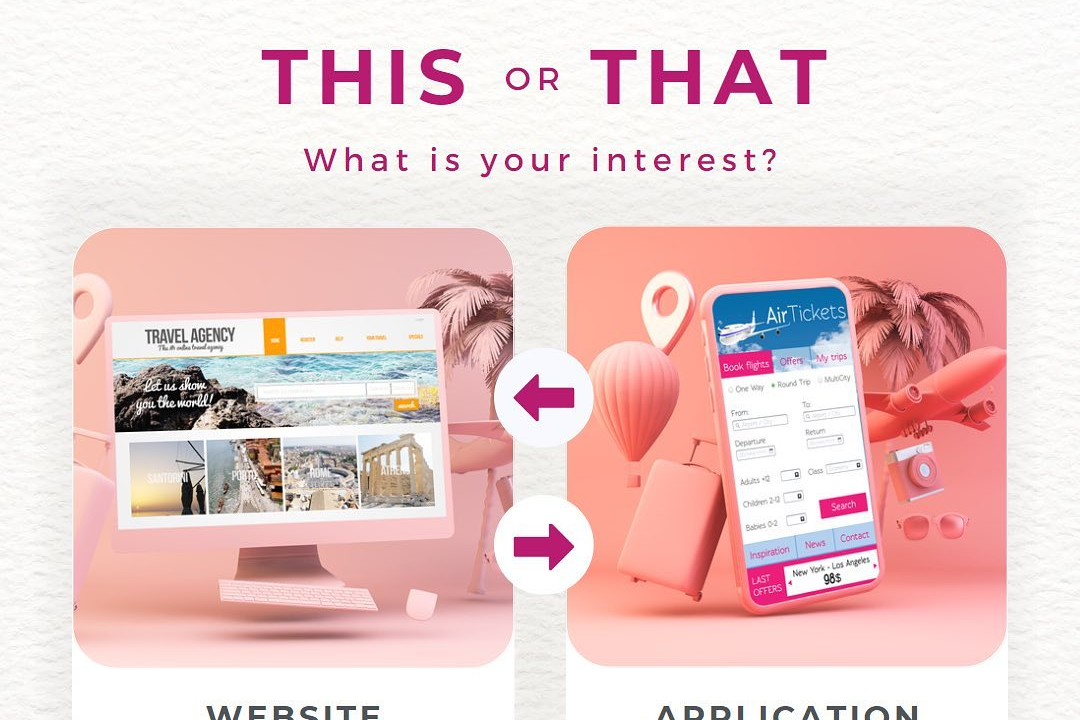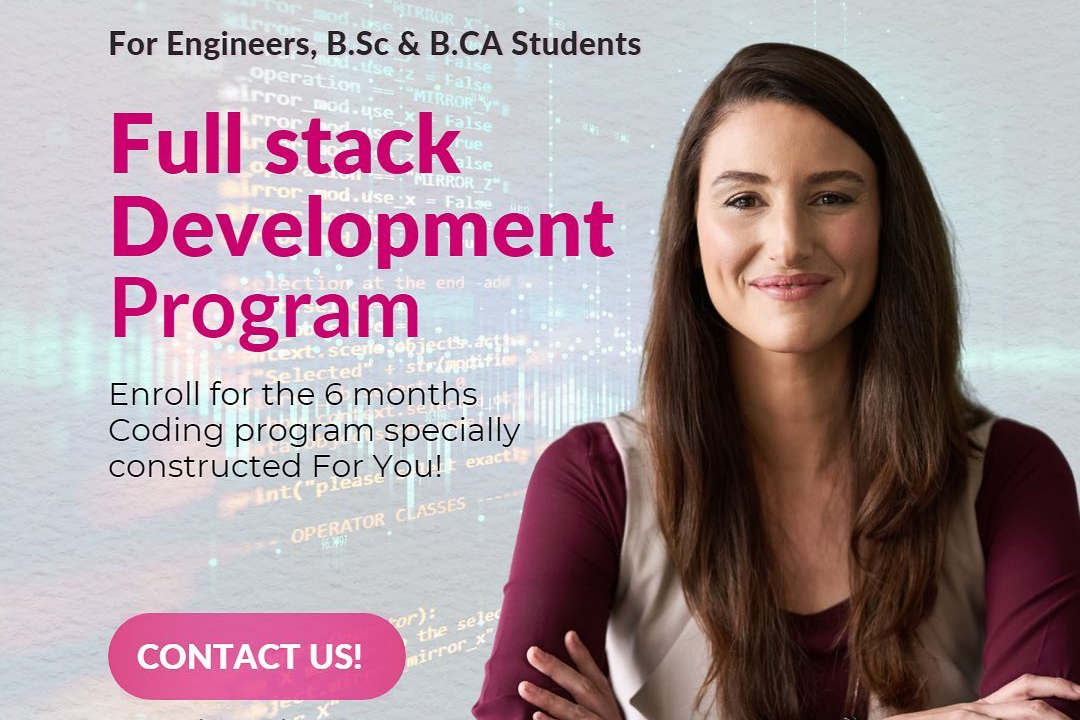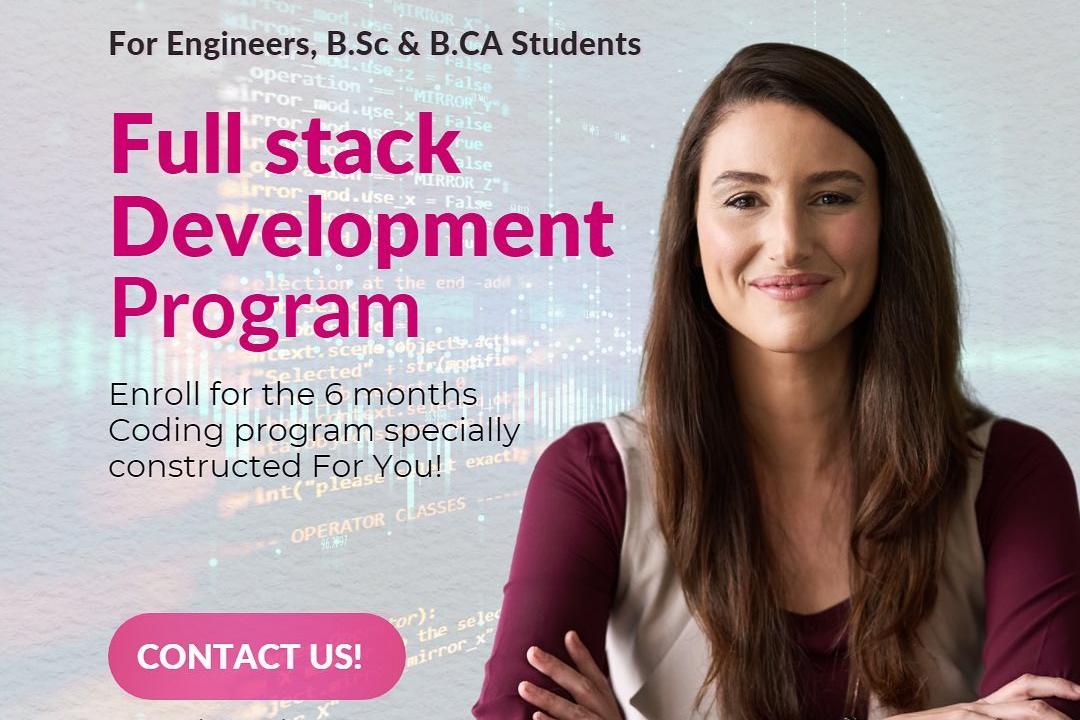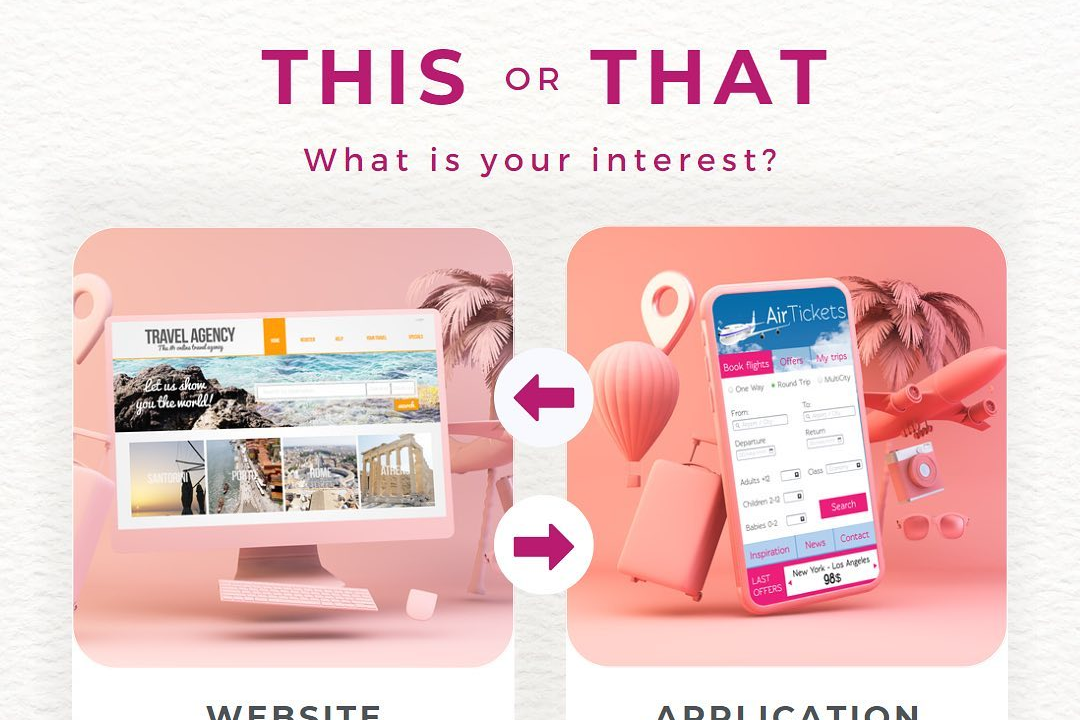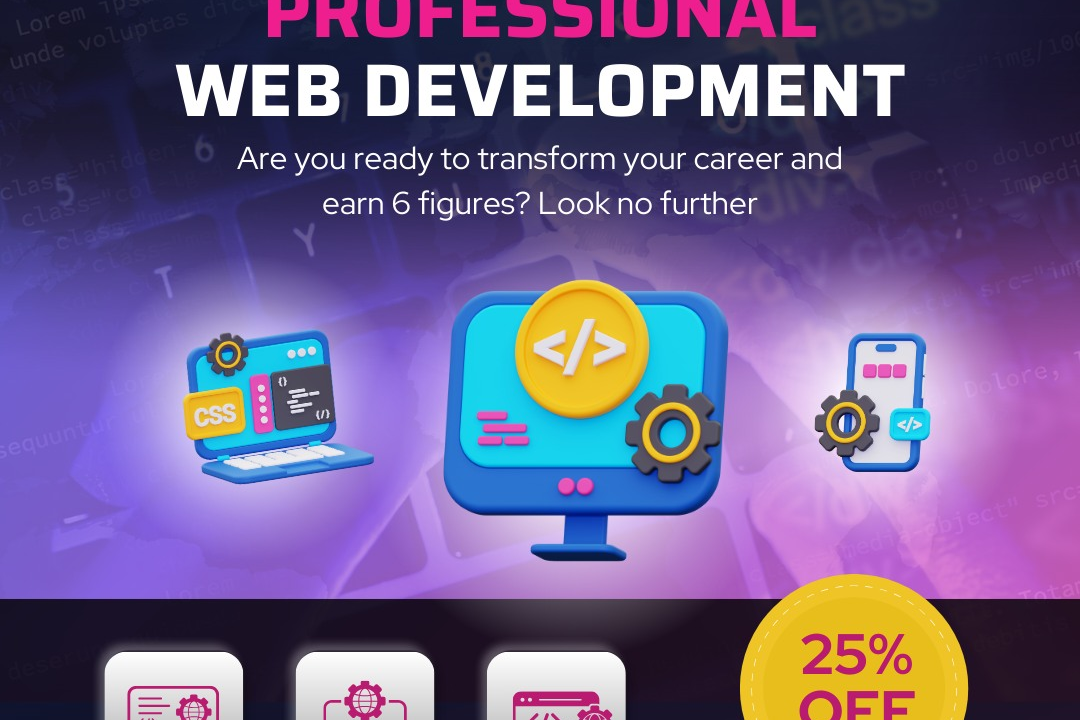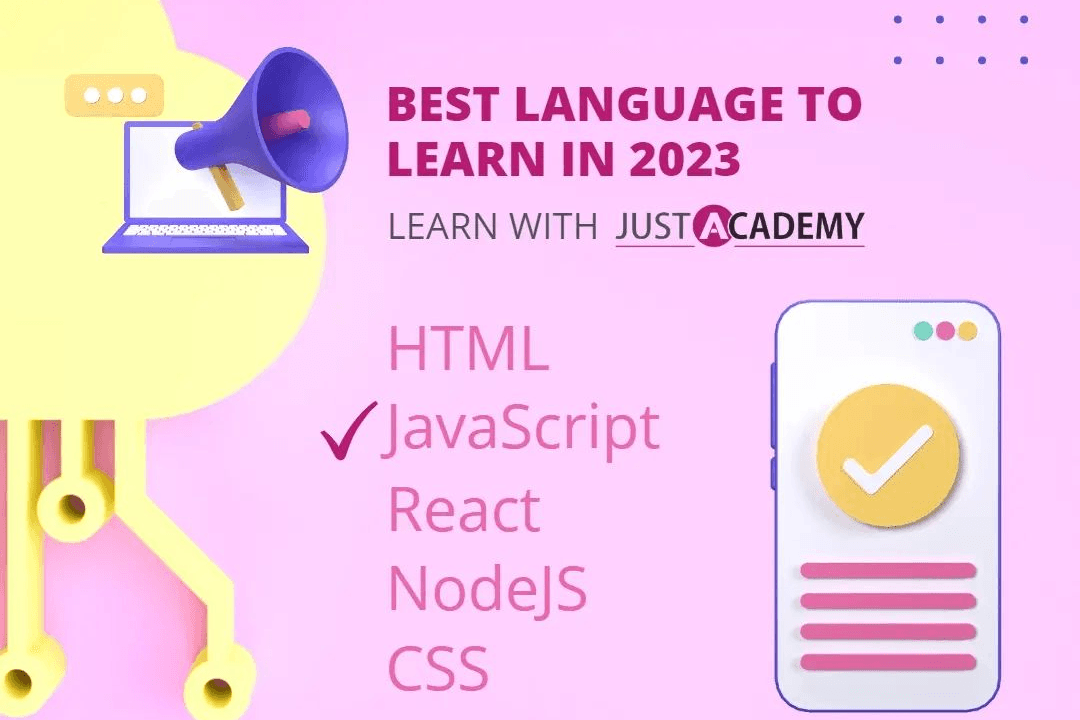Glassdoor Node Js Interview Questions
Glassdoor Node.js Interview Questions and Answers
Glassdoor Node Js Interview Questions
Glassdoor Node.js interview questions are valuable for both candidates and recruiters. They provide candidates with insights into the types of questions they can expect during an interview, allowing them to prepare effectively. For recruiters, these questions help assess a candidate's technical skills, understanding of Node.js concepts, and ability to apply their knowledge in practical scenarios. They cover various aspects of Node.js, including core concepts, best practices, debugging techniques, and common challenges, ensuring a thorough evaluation of a candidate's expertise in this technology.
To Download Our Brochure: https://www.justacademy.co/download-brochure-for-free
Message us for more information: +91 9987184296
1 - What are the different ways to create an array in JavaScript?
Using square brackets
Using the Array constructor
Using the Array.from() method
2) What is the difference between a `const` and `let` declaration?
`const` declares a constant variable that cannot be reassigned.
`let` declares a variable that can be reassigned.
3) What is the output of the following code?
javascript
const myArray = [1, 2, 3];
const newArray = myArray.map((item) => item + 1 -;
console.log(myArray); // [1, 2, 3]
console.log(newArray); // [2, 3, 4]
The `map()` method creates a new array by transforming each element in the original array using the provided callback function. In this case, the callback function adds 1 to each element, resulting in a new array with the values [2, 3, 4]. The original array remains unchanged.
4) What is the purpose of the `async` keyword in JavaScript?
The `async` keyword is used to declare an asynchronous function. Asynchronous functions return a Promise, and they can be used to perform asynchronous operations, such as making network requests or reading files.
5) What is the difference between a Promise and an Observable?
A Promise represents a single value that will be available at some point in the future. An Observable represents a stream of values that can be emitted over time. Promises are typically used for handling asynchronous operations, while Observables are used for handling asynchronous streams of data.
6) What are the advantages of using functional programming in JavaScript?
Functional programming promotes immutability, which can help to reduce bugs and make code more predictable.
Functional programming encourages the use of pure functions, which makes it easier to test and reason about code.
7) What is the difference between a class and an object in JavaScript?
A class is a blueprint for creating objects. It defines the properties and methods that objects of that class will have. An object is a specific instance of a class.
8) What is the purpose of the `this` keyword in JavaScript?
The `this` keyword refers to the current object. It can be used to access the properties and methods of the current object.
9) What is the difference between a constructor function and a regular function in JavaScript?
A constructor function is used to create new objects. It is called with the `new` keyword. A regular function is not used to create new objects. It is called directly.
10) What are the different ways to inherit from a class in JavaScript?
Using the `extends` keyword
Using the Object.create() method
11 - What is the purpose of the `super` keyword in JavaScript?
The `super` keyword refers to the parent class of the current class. It can be used to access the properties and methods of the parent class.
12) What are the different ways to define a getter and setter in JavaScript?
Using the `get` and `set` keywords
Using the Object.defineProperty() method
13) What is the difference between a property and a method in JavaScript?
A property is a value that is stored in an object. A method is a function that is defined on an object.
14) What is the purpose of the `bind()` method in JavaScript?
The `bind()` method creates a new function that is bound to a specific value of `this`. This can be useful for creating event handlers or for passing functions around as parameters.
15) What are the different ways to create a module in JavaScript?
Using the `export` and `import` keywords
Using the CommonJS module system
Using the AMD module system
Content Quality:
- Create high quality content that is informative, engaging, and relevant to your target audience.
- * Use clear and concise language, and include visuals and examples to enhance readability.
- * Ensure your content is accurate, well researched, and free of errors.
- Community Engagement:
- * Actively participate in forums, discussions, and social media groups related to your niche.
- * Engage with other users, answer questions, and provide valuable insights.
- * Build relationships and establish yourself as an expert in your field.
- Networking and Outreach:
- * Reach out to influencers and other experts in your industry.
- * Guest post on blogs or websites with a similar target audience.
- * Attend industry events and conferences to connect with potential collaborators.
- Optimization for Search Engines (SEO):
- * Use relevant keywords throughout your content, including in the title, headings, and meta descriptions.
- * Optimize your images and videos for web search.
- * Build backlinks from reputable websites to improve your website's authority.
- Social Media Marketing:
- * Create and share engaging social media content that promotes your website or blog.
- * Run contests, giveaways, or other promotions to increase visibility.
- * Use social media analytics to track your performance and make adjustments.
- Email Marketing:
- * Build an email list and send out regular newsletters with valuable content.
- * Segment your list to target specific demographics or interests.
- * Use automated email campaigns to nurture leads and drive conversions.
- Paid Advertising:
- * Consider running paid advertising campaigns on platforms like Google AdWords or Facebook Ads.
- * Target your ads to specific demographics or interests based on your research.
- * Monitor your campaign results and optimize for performance.
- Collaborations:
- * Partner with other businesses or individuals to cross promote content.
- * Host guest speakers or webinars to share knowledge and expand your reach.
- * Offer exclusive discounts or deals to promote each other's products or services.
- Analytics and Tracking:
- * Use analytics tools like Google Analytics and Google Search Console to track website traffic, user behavior, and keyword rankings.
- * Regularly review your analytics and make data driven decisions to improve your strategy.
- Course Overview
- This course provides a comprehensive overview of commonly asked Node.js interview questions at Glassdoor, covering topics such as core Node.js concepts, best practices, asynchronous programming, error handling, and Node.js ecosystem tools.
- Course Description
- Master the art of acing Node.js interviews with this comprehensive course. Covering essential concepts, common interview questions, and coding challenges, you'll gain the knowledge and skills to confidently navigate the hiring process and land your dream job.
- Key Features
- 1 - Comprehensive Tool Coverage: Provides hands-on training with a range of industry-standard testing tools, including Selenium, JIRA, LoadRunner, and TestRail.
- 2) Practical Exercises: Features real-world exercises and case studies to apply tools in various testing scenarios.
- 3) Interactive Learning: Includes interactive sessions with industry experts for personalized feedback and guidance.
- 4) Detailed Tutorials: Offers extensive tutorials and documentation on tool functionalities and best practices.
- 5) Advanced Techniques: Covers both fundamental and advanced techniques for using testing tools effectively.
- 6) Data Visualization: Integrates tools for visualizing test metrics and results, enhancing data interpretation and decision-making.
- 7) Tool Integration: Teaches how to integrate testing tools into the software development lifecycle for streamlined workflows.
- 8) Project-Based Learning: Focuses on project-based learning to build practical skills and create a portfolio of completed tasks.
- 9) Career Support: Provides resources and support for applying learned skills to real-world job scenarios, including resume building and interview preparation.
- 10) Up-to-Date Content: Ensures that course materials reflect the latest industry standards and tool updates.
Benefits of taking our course
Functional Tools
1 - Node.js: A JavaScript runtime environment used to develop server side and cross platform applications. It employs an event driven, non blocking I/O model, making it highly efficient for handling a large number of concurrent connections.
2) Express.js: A web framework for Node.js that provides a wide range of features for building and managing RESTful APIs and websites. It simplifies routing, templating, error handling, and other core aspects of web development.
3) MongoDB: A document oriented NoSQL database designed for storing, querying, and manipulating JSON like data. It offers high scalability, flexibility, and support for advanced querying capabilities.
4) MySQL: A relational database management system used for structured storage and retrieval of data. It features robust transactions, data integrity, and support for complex queries.
5) Redis: An in memory key value store and cache that provides high speed access to data. It's ideal for storing frequently requested data, sessions, and cache data.
To offer a training program to students using these tools, consider the following steps:
- Identify Target Audience: Determine the specific group of students who would benefit from the training, such as computer science majors, software engineering enthusiasts, or those with a foundational understanding of JavaScript.
- Develop a Training Curriculum:* Create a comprehensive training program that covers the fundamentals of Node.js, Express.js, MongoDB, MySQL, and Redis. Include hands on exercises and projects to reinforce learning.
- Secure Training Resources:* Acquire the necessary resources, such as training materials, software licenses, and development tools, to deliver a high quality training experience.
- Recruit and Engage Participants:* Publicize the training program through various channels, and select students with the appropriate qualifications and motivation to participate.
- Provide Hands On Training:* Conduct interactive training sessions where students can apply their knowledge by building real world applications and solving coding challenges.
- Offer Mentoring and Support:* Provide ongoing support and guidance to students throughout the training program, including access to mentors, Q&A forums, and additional resources.
- Content and Engagement:
- Create high quality, informative, and engaging content:* Share valuable insights, industry news, or unique perspectives to attract and retain readers.
- Use visuals, videos, and interactive elements:* Make your content visually appealing and engaging to increase readability and shareability.
- Promote user generated content:* Encourage users to submit guest posts, testimonials, or feedback to foster a sense of community and credibility.
- Foster discussions:* Engage with your readers through comments, Q&A sessions, or online forums to build relationships and generate valuable feedback.
- Social Media Optimization:
- Establish a strong social media presence:* Create profiles on relevant platforms and actively engage with your audience.
- Share your content on social media:* Promote your blog posts, videos, and other content through social media channels.
- Use relevant hashtags:* Use appropriate hashtags to increase the visibility of your content and reach a wider audience.
- Collaborate with influencers:* Partner with influencers in your industry to promote your content and reach a targeted audience.
- Search Engine Optimization (SEO):
- Conduct keyword research:* Identify relevant keywords that your target audience is searching for and incorporate them into your content.
- Optimize your website structure:* Make sure your website is easy to navigate and crawlable by search engines.
- Build high quality backlinks:* Acquire backlinks from reputable websites to improve your site's authority and ranking.
- Use internal linking:* Interlink your content to keep users engaged and improve your site's overall SEO.
- Email Marketing:
- Build an email list:* Capture leads through website forms, social media promotions, or email sign ups.
- Send targeted email campaigns:* Segment your audience and send personalized emails based on their interests and behaviors.
- Include calls to action:* Encourage readers to take specific actions, such as visiting your website or subscribing to your newsletter.
- Track email analytics:* Monitor open rates, click through rates, and conversions to optimize your email strategy.
- Paid Advertising:
- Run targeted ads:* Use platforms like Google AdWords or Facebook Ads to reach a specific audience with relevant content.
- Use retargeting campaigns:* Target users who have visited your website but did not convert to encourage them to return.
- Test different ad formats and placements:* Experiment with different ad formats and placements to find what works best for your business.
- Monitor ad performance:* Track key metrics like cost per click, impressions, and conversions to optimize your advertising campaigns.
- Other Strategies:
- Collaborate with other websites:* Partner with complementary businesses to cross promote your content or offer guest blogging opportunities.
- Attend industry events:* Network with potential readers and promote your blog at conferences, meetups, or online events.
- Offer exclusive content or incentives:* Provide premium content, webinars, or special offers to attract subscribers and build a loyal following.
- Repurpose your content:* Create multiple forms of content (e.g., blog posts, infographics, videos) from your existing material to reach a wider audience.
Browse our course links : https://www.justacademy.co/all-courses
To Join our FREE DEMO Session: Click Here
This information is sourced from JustAcademy
Contact Info:
Roshan Chaturvedi
Message us on Whatsapp: +91 9987184296
Email id: info@justacademy.co





